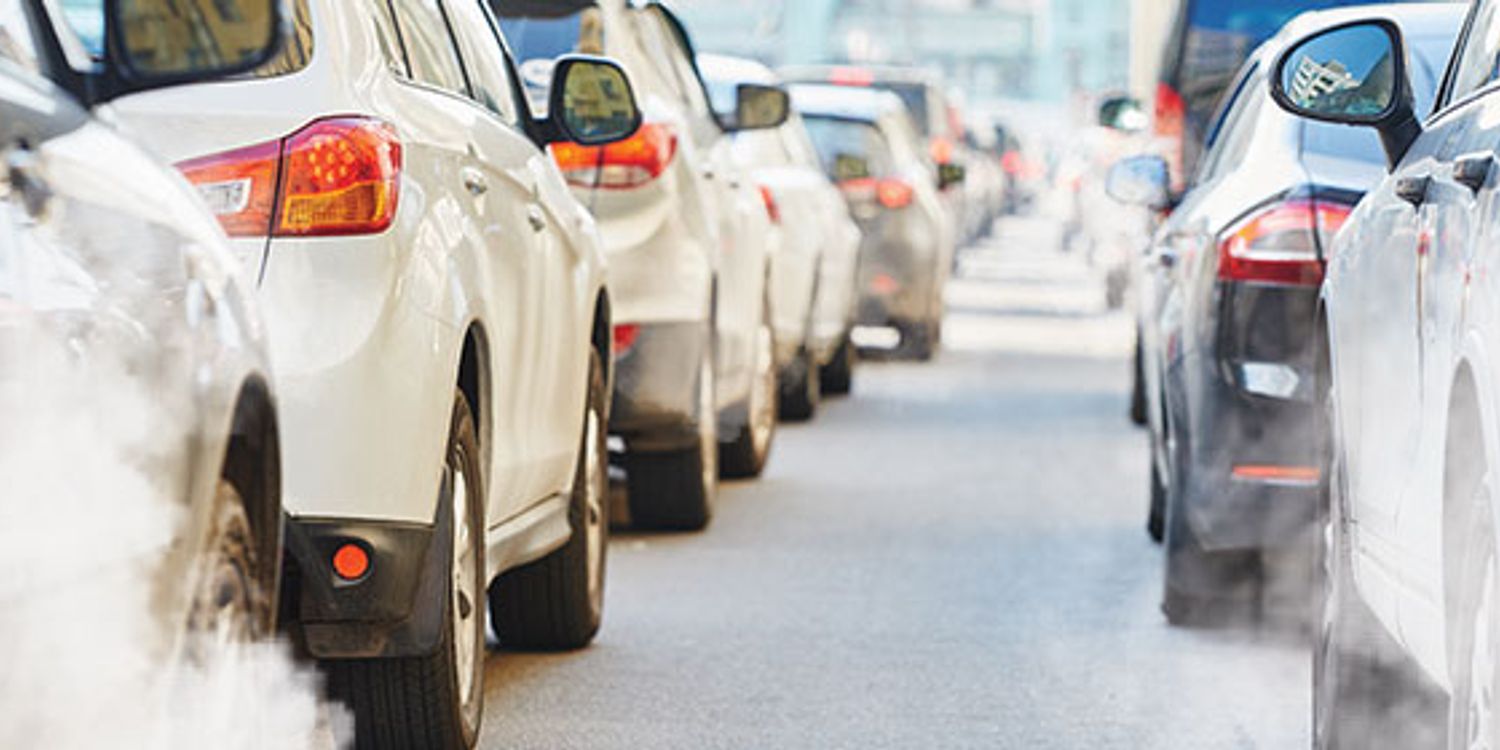The automotive world is undoubtedly producing more environmentally friendly cars with minimal harmful emissions. However, despite the technology advances over the years, many vehicles still release high CO2 levels, and buyers like you must be aware of them.
Heavier vehicles like pickup trucks and large SUVs produce the highest CO2 emissions, followed by sports cars and luxury vehicles. Small and medium passenger cars produce the least. The good thing is that you can do many things to reduce your car’s emissions.
This guide will help you understand what’s going on regarding emissions standards in the country before diving into which cars emit the most CO2 and what you can do to reduce your carbon footprint.
Does Australia Have Emission Standards for Vehicles?
The topic of CO2 emissions is not new anywhere in the world, including Australia. However, the subject is a bit more intriguing in this country because Australia does not have government-enforced vehicle emission standards.
Instead, the automotive industry self-regulates with its own emissions targets that all car makers should aim for.
In simpler terms, the CO2 emissions standards in Australia are voluntary and unenforced. As a result, Australia has plenty of road-worthy vehicles producing CO2 emissions above acceptable levels.
Other factors make the CO2 emissions issue even worse for Australia. For instance, the fuel Australians get at the pump, while relatively cheaper than in many other places, is dirtier.
What Is Considered a Good CO2 Emission Level for a Car?
With all the fuss about CO2 emission from cars, it's not always clear what a reasonable level is, to begin with. Naturally, the lower the emissions, the better, but where's the line? What's considered a realistic target for car makers worldwide?
The magic number everyone aims for is 100 grams of C02 emissions per kilometre driven (100g/km).
Zero CO2 emissions are best but impossible for combustion-engine vehicles.
So, generally, anything less than 100 grams per kilometre is considered low, and, therefore, it remains the line that stakeholders expect manufacturers to meet.
Which Cars Have the Highest C02 Emissions?
Passenger vehicles come in all shapes and sizes; therefore, their emissions levels are quite different from one another.
Quite often, we see in the news that luxury cars are the worst polluters on the road. While it’s easier to point the finger at high-end vehicles and blame them for all the air pollution, doing so takes attention away from the bigger picture.
Luxury cars have higher CO2 emissions than small, medium, or even larger passenger vehicles, but they're not the worst.
The highest CO2-producing vehicles are heavier ones like pickup trucks, large SUVs, and sports cars.
According to the World Economic Forum (WEF), here are the average CO2 emissions from different cars (assuming distance travelled in a year: 15,000 kilometres):
- Pickup trucks: 3,510 kg a year
- Large SUVs: 2,550 kg a year
- Sports cars: 2,460 kg a year
- Luxury cars: 2,385 kg a year
- Large vehicles: 1,815 kg a year
- Medium cars: 1,515 kg a year
- Small cars: 1,470 kg a year
Looking at the numbers, it’s evident that the larger and heavier the vehicle, the more CO2 emissions it’ll produce. Despite that, even the smallest cars on the road still produce significant amounts of C02 emissions, which is why carmakers must keep producing environmentally friendlier cars.
Whether or not that can happen in Australia without government intervention remains to be seen.
Can You Reduce a Car’s CO2 Emissions?
Cars are significant investments that most people stick with for several years. So, the idea of quickly switching to a brand-new vehicle with lower CO2 emissions is out of the question for most people.
On top of that, it’s also impractical to heavily modify your car to make it much more environmentally friendly.
So, what do you do if you’ve become environmentally conscious and want to do your part to reduce harmful emissions in the air?
Thankfully, there are many steps you can take right now to at least minimise your vehicle’s CO2 emissions.
Here are some quick ways that you can reduce how much CO2 your car produces daily:
- Regular servicing: One of the most important ways to minimise your car's CO2 emissions is to service it regularly. Maintenance tasks like oil and filter changes ensure that your vehicle isn't producing excess CO2 emissions unnecessarily.
- Drive less: Besides that, reducing your overall reliance on your car and driving less is another effective way to reduce your carbon footprint. Whenever possible, try walking, cycling, or carpooling—anything to avoid driving your car every single day.
- Public transport: Strategise to include public transport into your daily commute. For example, you can park your car at the nearest train or bus station and then take public transport the rest of the way.
- Better fuel: Using higher-quality fuel is also an investment in lower emissions. Better fuels cost more because they’re designed to minimise the release of harmful emissions like carbon dioxide.
- Improve habits: Lastly, reevaluate your driving habits. Things like driving at high speeds and accelerating or aggressively braking will make your car less fuel-efficient, leading to higher emissions in the long run.
Again, these and other CO2-cutting steps won’t eliminate all emissions from your tailpipe. However, when used together, they’re incredibly effective at reducing how much comes out and minimising your effect on the environment.
Those steps form a handy solution until you can get behind the wheel of a car with much lower CO2 emissions.
The issues surrounding cars and emissions are constantly evolving. You can keep track of it all by staying tuned to CarpartAU’s Blog, where regular updates show you what’s going on in the automotive industry in Australia and beyond.
By Ray Hasbollah

